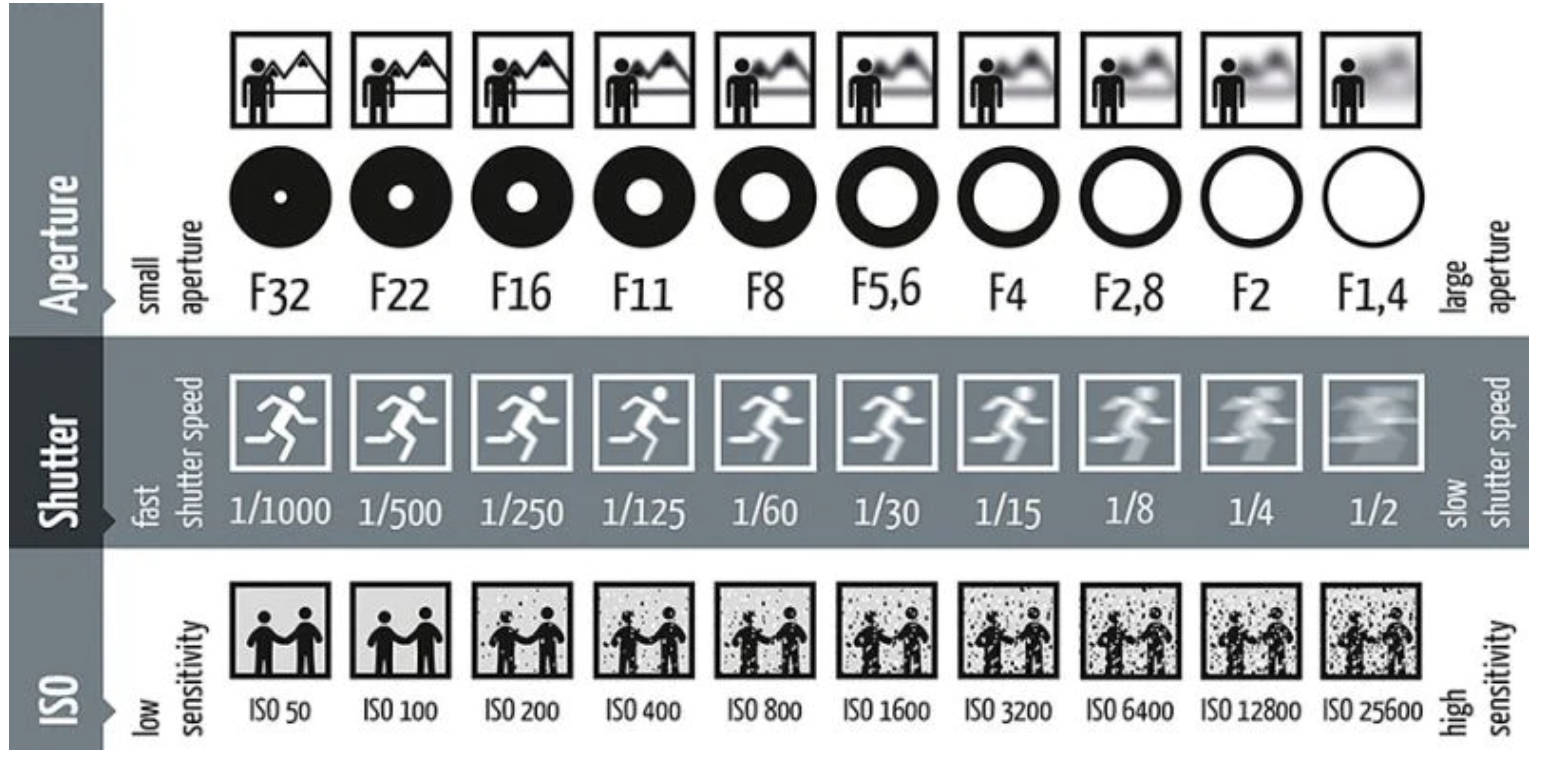Demystifying Photography Settings: Unlocking the Power of ISO, Shutter Speed, and Aperture
Photography is an art that beautifully combines creativity and technical precision. To capture stunning images that convey your vision, it's essential to understand and master the three fundamental settings: ISO, shutter speed, and aperture. These settings work in harmony to control the exposure, focus, and overall mood of your photographs. In this blog post, we'll delve into the world of photography settings, demystifying ISO, shutter speed, and aperture to help you take your photography skills to the next level.
**ISO: Sensitivity to Light**
ISO measures your camera's sensitivity to light. A low ISO setting (e.g., ISO 100) is ideal for well-lit environments, producing crisp and noise-free images. On the other hand, a higher ISO setting (e.g., ISO 800 or above) is suitable for low-light situations but may introduce noise or grain to your photos. Consider your shooting conditions: use a low ISO for bright sunlight and increase it for indoor or nighttime photography.
**Shutter Speed: Capturing Motion**
Shutter speed determines the amount of time your camera's sensor is exposed to light. A fast shutter speed (e.g., 1/1000 seconds) freezes motion, making it ideal for action shots or capturing subjects in motion without blur. Conversely, a slow shutter speed (e.g., 1/30 seconds) creates a sense of movement and is often used for long-exposure photography, such as light trails or flowing water.
**Aperture: Depth of Field and Light Control**
Aperture refers to the opening in your camera's lens that allows light to enter. It also influences the depth of field, which is the range of distance that appears sharp in your photo. A wider aperture (e.g., f/1.8) creates a shallow depth of field, blurring the background and isolating the subject. A narrower aperture (e.g., f/16) results in a greater depth of field, keeping more of the scene in focus. Additionally, aperture affects the amount of light entering the camera – wider apertures let in more light, while narrower apertures allow less light.
**The Exposure Triangle: Balancing Settings**
ISO, shutter speed, and aperture form the exposure triangle, and balancing these settings is crucial for achieving the desired exposure. For instance, if you increase the aperture (wider opening), you may need to adjust the shutter speed (faster) or ISO (lower) to maintain the correct exposure. Understanding this balance empowers you to create well-lit images without overexposure or underexposure.
**Creative Control and Artistic Expression**
Beyond their technical roles, ISO, shutter speed, and aperture also contribute to your creative expression. Experimenting with different settings allows you to play with light, motion, and focus, enabling you to infuse your unique artistic style into your photographs.
**Practice Makes Perfect: Hands-On Learning**
To truly grasp the power of ISO, shutter speed, and aperture, practice is key. Take your camera and experiment in various settings and lighting conditions. Observe how each setting affects your images and gain a deeper understanding of how they work together.
**Getting Professional Guidance from Haley Brazel Photography**
If you're eager to refine your photography skills and gain insights from experts, consider reaching out to Haley Brazel Photography. Their experience and expertise can provide you with personalized guidance, tips, and techniques to harness the full potential of ISO, shutter speed, and aperture. Whether you're a beginner or an aspiring pro, their guidance can propel your photography journey to new heights.
In conclusion, mastering ISO, shutter speed, and aperture empowers you to take control of your photography, capturing images that are not only technically impressive but also creatively compelling. As you experiment and learn, you'll uncover the artistry behind these settings, unlocking a world of possibilities to tell your visual stories with precision and passion.


